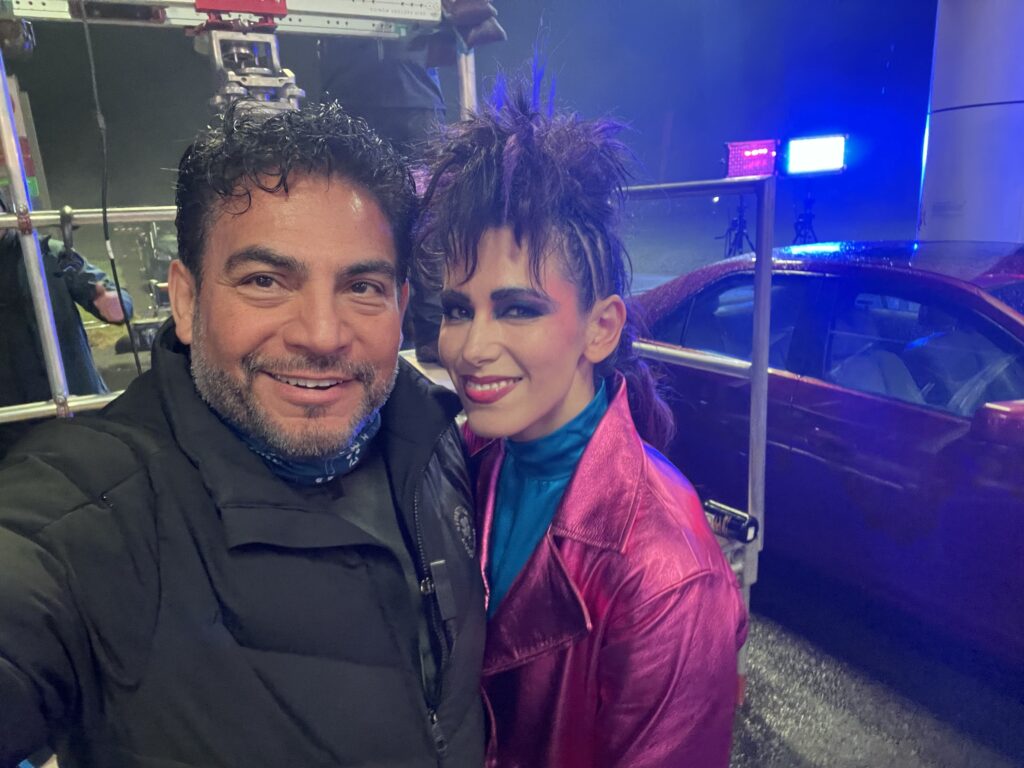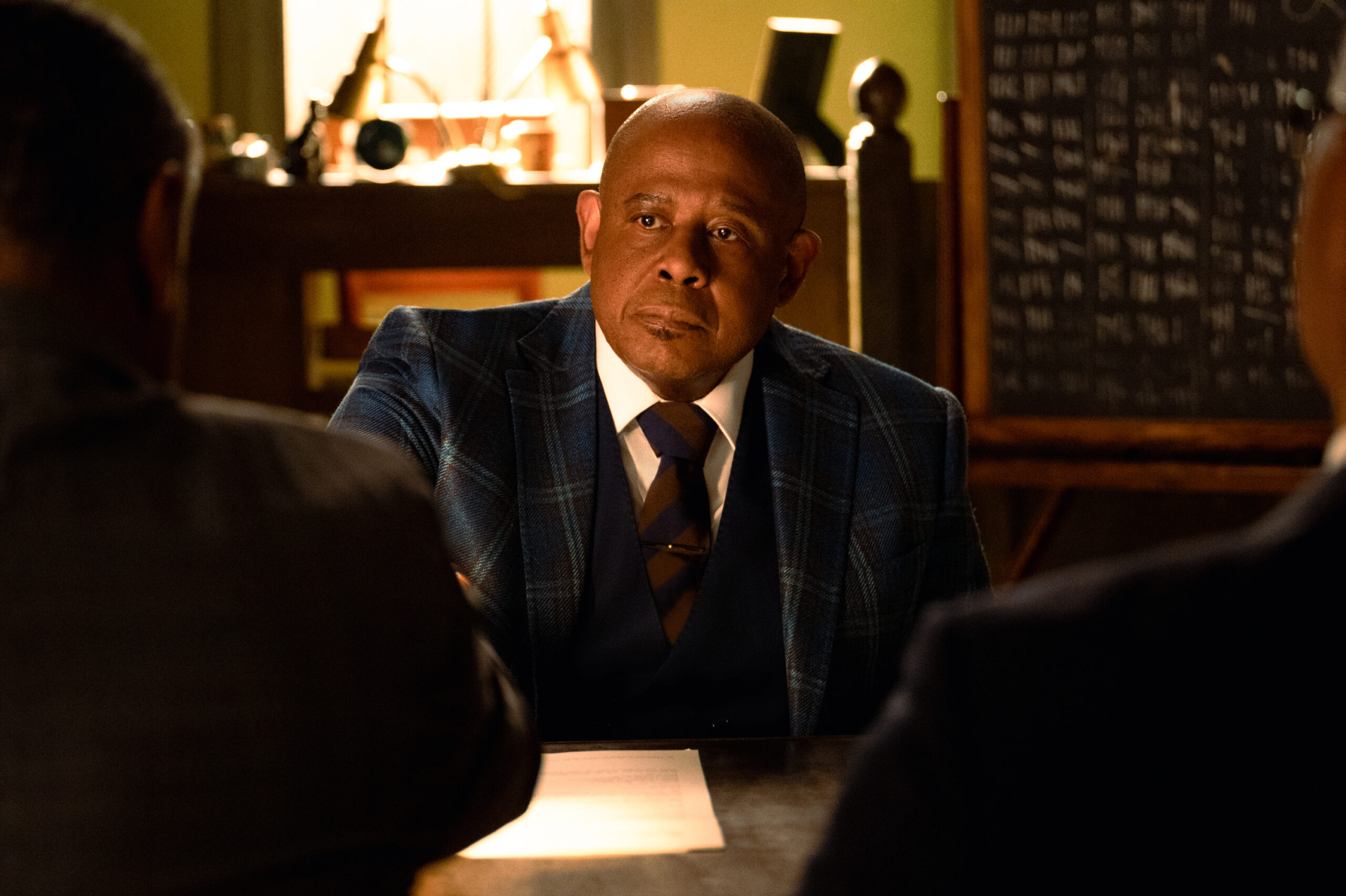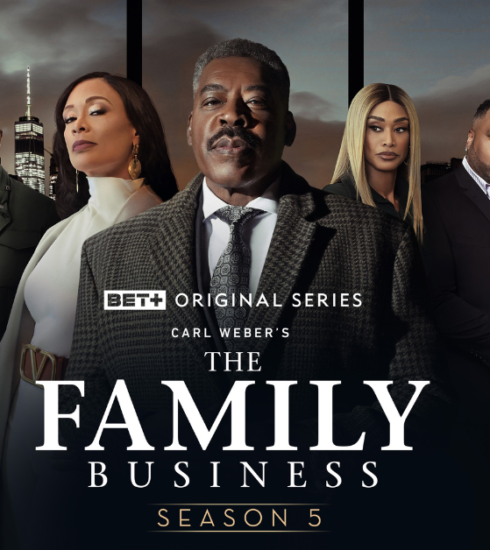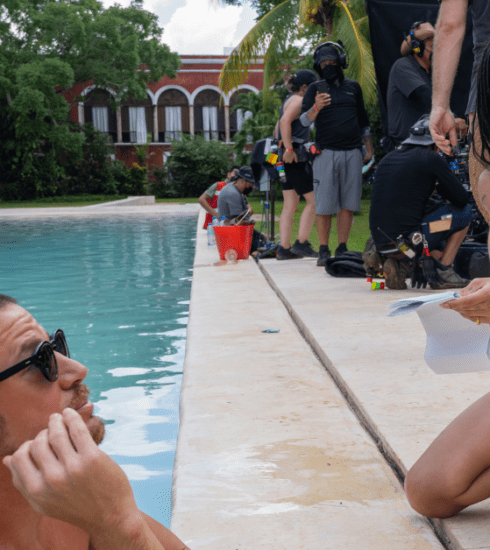Gabriel Berstain, the Director of Photography, shares insights into the filming process of The Beekeeper.
A film that is both emotionally engaging and packed with action, The Beekeeper is a must-see. Both Jason Statham, who plays Mr. Clay, and Emmy Raver-Lampman, who plays Agent Verona Parker, are determined to bring down the organization that was responsible for the killing of agent Verona Parker’s mother, Eloise Parker, who was portrayed by Phylicia Rashad. It is their goal to bring about justice for what has occurred, despite the fact that their approaches and ways are so different from one another.
Unlike the majority of action movies, this one is shot in a manner that is more emotionally driven, and it also has moments that have the vibe of an independent film. I had a conversation with Gabriel Beristain, who was the director of photography for the film, and he shed light on the reasons why I had this experience while watching the film.

In the interview, Gabriel mentioned that David Ayer, the director of the picture, had the intention of taking it beyond the typical action genre. His intention was to incorporate a “art form” into it. When it came to the angles and color selections at particular times, they utilized a variety of different ways during the process. When asked to elaborate, Beristain stated, “It assisted us in telling the story on a significantly more emotional level.” He said that doing this was a wonderful challenge because of all the factors that needed to be taken into mind in order to keep the audience engaged while conveying a more profound story.

According to Gabriel, David stated that “we need to be able to show that there are moments in which the beehive works perfectly.” Gabriel highlighted this statement. It was necessary for them to achieve “harmony” with the various variations in angels, lens depths, and color palettes in order to do this. Berstain remarked that they utilized a color palette that was warm. He stated that by doing this, it was possible to demonstrate not just the appeal of the colors but also the potentially lethal capabilities of the beehive.
The shooting was done with two different cameras. One of them had a lens that was quite long, and the other one, as Gabriel explained, was designed to take pictures of things in an anamorphic manner. This, he explained, made it possible for them to maintain a “nice proximity” so that they could pull back and get closer to one another when it was essential during scenes. Gabriel went on to explain that the reason for this is similar to how a beehive that is located in a warm environment appears to be beautiful, but when you come closer, you are able to see the order and work that the bee soldiers are doing under the direction of the queen bee.

In the same way as a beehive is able to successfully collaborate with one another to produce the ideal honeycombs, this movie was also successful in doing so. Gabriel stressed that everything was accomplished on a higher level due to the collaborative nature of David, himself, and the rest of the cast and crew. He also mentioned that this was why everything was successful.






